Rising Healthcare Applications
The adaptive optics market is experiencing a notable surge in demand due to its increasing applications in healthcare, particularly in ophthalmology. The technology enhances imaging capabilities, allowing for more precise diagnostics and treatment of eye diseases. In the GCC region, the healthcare sector is projected to grow at a CAGR of approximately 10% over the next five years, which is likely to drive the adoption of advanced imaging technologies, including adaptive optics. Hospitals and clinics are investing in state-of-the-art equipment to improve patient outcomes, thereby expanding the adaptive optics market. Furthermore, the integration of adaptive optics in surgical procedures is enhancing the precision of interventions, which is crucial in a region where healthcare quality is a top priority.
Expansion in Defense and Security
The adaptive optics market is poised for growth in the defense and security sectors within the GCC. The increasing focus on national security and military modernization is driving investments in advanced surveillance and reconnaissance systems. Adaptive optics technology enhances the performance of optical systems, allowing for clearer imaging in various atmospheric conditions. The GCC countries are expected to allocate a significant portion of their defense budgets, estimated at over $100 billion annually, towards advanced technologies, including adaptive optics. This trend indicates a robust potential for market expansion as defense contractors seek to integrate adaptive optics into their systems, thereby enhancing operational capabilities.
Advancements in Telecommunications
The adaptive optics market is benefiting from advancements in telecommunications, particularly in the deployment of high-speed internet and satellite communications. The GCC region is witnessing a rapid increase in internet penetration, with rates exceeding 90%. This growth necessitates the development of more efficient communication systems, where adaptive optics can play a crucial role in mitigating signal distortion caused by atmospheric turbulence. Telecommunications companies are likely to invest heavily in adaptive optics technologies to enhance the reliability and speed of their services. As the demand for seamless connectivity continues to rise, the adaptive optics market is expected to expand significantly, driven by the need for improved communication infrastructure.
Increased Investment in Research and Development
The adaptive optics market is experiencing a boost due to increased investment in research and development (R&D) across various sectors in the GCC. Governments and private entities are recognizing the importance of innovation in maintaining competitive advantages. R&D funding in the region is projected to reach approximately $10 billion by 2026, with a significant portion allocated to optical technologies. This investment is likely to foster advancements in adaptive optics, leading to new applications and improved performance. As research institutions collaborate with industry players, the adaptive optics market is expected to benefit from novel solutions that address specific regional challenges, thereby enhancing its growth prospects.
Growing Interest in Astronomy and Space Exploration
The adaptive optics market is witnessing growth driven by the increasing interest in astronomy and space exploration within the GCC. The region's investment in astronomical observatories and research facilities is on the rise, with several countries establishing state-of-the-art observatories to enhance their scientific capabilities. Adaptive optics technology is essential for improving the clarity of astronomical images, allowing researchers to observe celestial phenomena with greater precision. As the GCC aims to position itself as a hub for scientific research, the demand for adaptive optics in astronomy is likely to increase, thereby contributing to the overall expansion of the adaptive optics market.


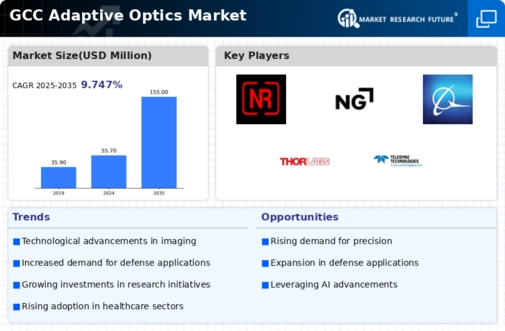
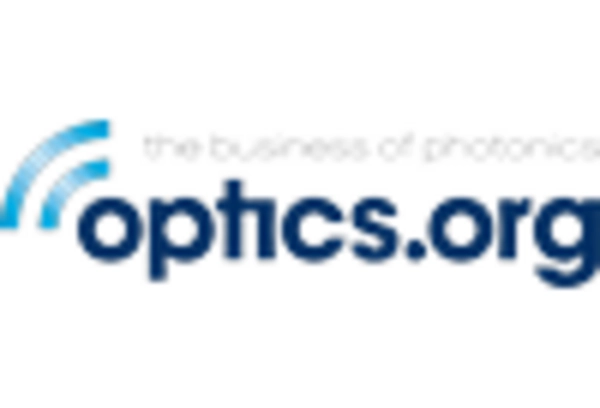
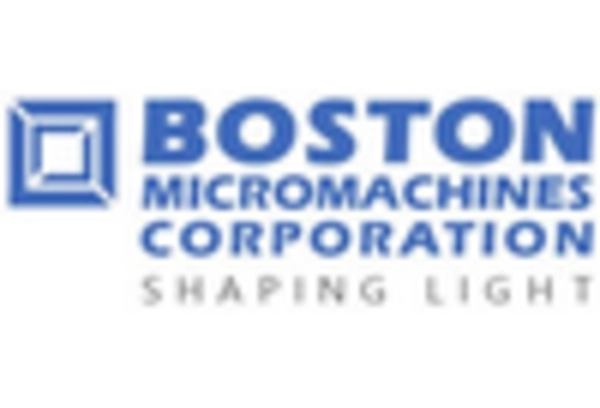
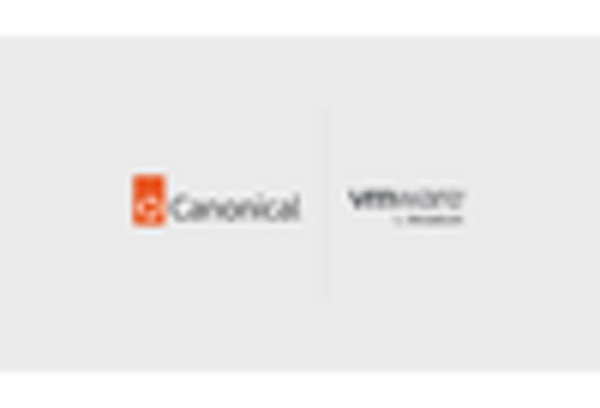

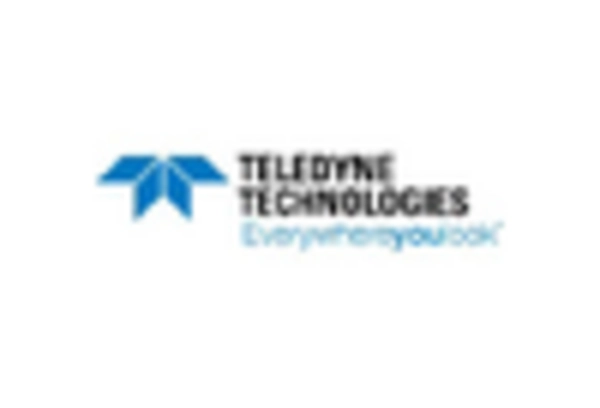
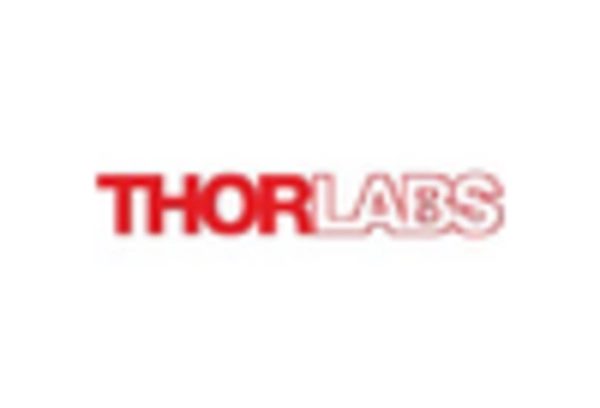








Leave a Comment